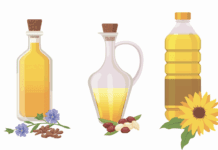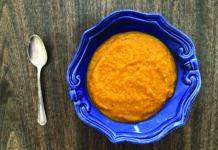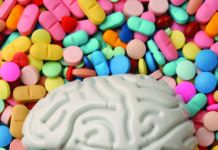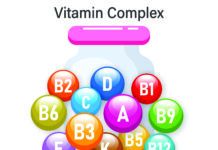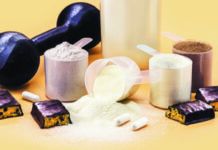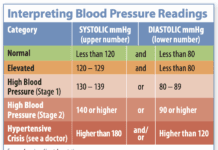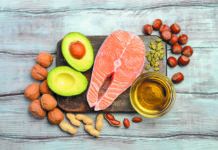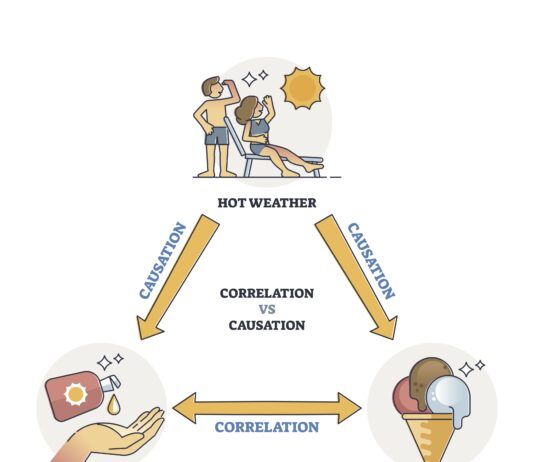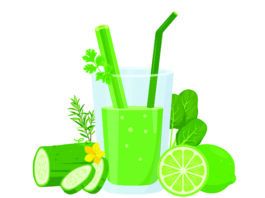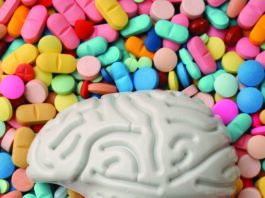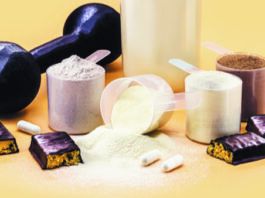Q: I understand how to identify trans fats as partially hydrogenated. But I sometimes...
Answer :To understand the difference between partially and fully hydrogenated oils, youll need a short chemistry lesson-bear with us! In saturated fats, all the positions for hydrogen on the carbon atoms are filled. Monounsaturated fats have one pair of carbon atoms per chain that are connected to each other instead of to hydrogen atoms this carbon-carbon bond is thus unsaturated); so oleic acid, a monounsaturated fatty acid, which has 18 carbon atoms per chain, is…
Q: Ive read that calcium should be taken/ingested periodically during the day, as only...
Answer :Bess Dawson-Hughes, MD, professor of medicine at Tufts and chief of the Bone Metabolism Laboratory at the Jean Mayer USDA Human Nutrition Research Center on Aging, responds: Calcium is better absorbed if taken in doses of 500 milligrams or less. So 1,000 milligrams as a supplement should be taken in doses of 500 milligrams twice daily.…
Q: In your June 2007 newsletter you reported the recommended AREDS antioxidants combination to...
Answer :Copper is an essential mineral with an established Recommended Dietary Allowance (RDA) of 900 micrograms (0.9 milligrams) per day for adults and a Tolerable Upper Intake Level (UL) of 10,000 micrograms (10 milligrams) daily. (The UL is the maximum daily intake of a nutrient that is likely to pose no risks of adverse health affects for almost all individuals.) According to Jeffrey Blumberg, PhD, director of the Antioxidants Research Laboratory at Tufts Jean Mayer…
Q: Whats the safe level of daily vitamin D? Is it different for older...
Answer :The recommended intake of vitamin D-but not the safe limit-does increase with age: The Institute of Medicine has set the daily adequate intake for adults ages 19 to 50 at 200 IU of vitamin D, for ages 51 to 70 at 400 IU, and for those older than age 70 at 600 IU. Many experts, however, argue that those levels should be raised, and research has shown that 800 to 1,000 IU daily may…
Q: Is much of the omega-3 lost when the skin of the salmon is...
Answer :According to Alice H. Lichtenstein, DSc, director of the Cardiovascular Nutrition Laboratory at Tufts Jean Mayer USDA Human Nutrition Research Center on Aging, much of salmons healthy omega-3 fatty acids lie just under the skin. Comparing total omega-3s for the same variety of salmon in different preparations using the USDAs Nutrient Database, salmon without the skin contains only 39% to 64% of the omega-3s in the same portion of salmon with the skin. But…
Q: I have been told that the sugar substitute Splenda is unhealthy due to...
Answer :Its true that Splenda is made using chlorine, which sounds scary; the sugar industry warns that youre actually eating chlorine when consuming sucralose, the chemical sold as Splenda. Plain sugar is transformed into sucralose by substituting three chlorine atoms for hydrogen, creating a substance that is not digested by the body-so its effectively caloriefree- and thats 600 times sweeter than sugar. (Packaged Splenda also contains dextrose and maltodextrin as bulking agents.) But theres no…
Q: We live in southern Arizona where citrus trees thrive and own two well-producing...
Answer :According to the Center for Food-Drug Interaction Research and Education, led by Tufts and the University of Florida, most prescription drugs do not show a clinically relevant interaction...
Q: Your newsletter often states the advantages of omega-3 fatty acids. But how much...
Answer : Both the American Heart Association and the 2005 federal Dietary Guidelines for Americans recommend consuming at least two servings of fish per week for heart health.
Q: With the increasing evidence for the benefits of vitamin D, is there any...
Answer : While not even the most avid vitamin D advocate suggests broiling yourself in a tanning booth, it is true that people in northern climes cant get enough sunshine during winter to trigger the bodys natural ability to make vitamin D.
Q: My doctor has prescribed me Coumadin (warfarin) to fight blood clots. I see...
Answer : We checked with Sarah L. Booth, PhD, director of the Vitamin K Laboratory at Tufts Jean Mayer USDA Human Nutrition Research Center on Aging, who shared the advice on warfarin and vitamin K shed recently reviewed for the Tufts-New England Medical Center:

